Volkswagen Sedan 1956
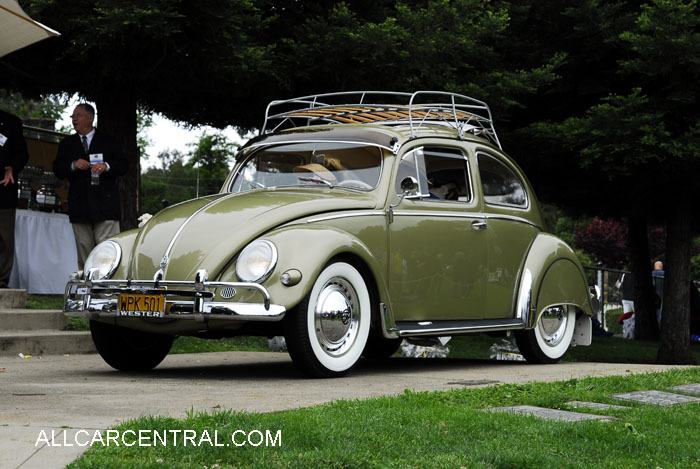
Chapter Eight
Post War Classic cars from overseas.
Between 1950 and 1970 America had the record highest import of European cars mostly from two countries, Germany and Britain. (Later Japan replaced Britain) For Germany the leading vehicle HAD to be the VW Beetle followed by the Mercedes and then BMW. Britain entered WITH small sports cars such as MGs and of course the ever famous Jaguar E Type, voted by several Motor Publications as the car of the century. I personally think that's going a little over the top but I have to admit I have had a secret yearning for the car ever since it hit the US Market. You may recall that in my previous article I mentioned that my wife had little interest in cars but the E Type, otherwise known as the XKE has turned her head from time to time, but not enough for me to find one under the Christmas tree with my name of it.
Jaguar E Type Series-1 1961
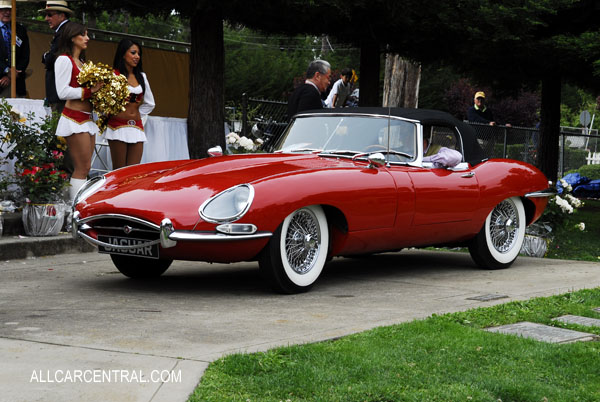
OK back to reality. Remembering that I am supposed to be writing about truly classic vehicles not numbers sold, from Britain I would start with the short lived but truly classic 1953 Jensen 541, followed by the 1966 Jensen Interceptor. Both were outstanding cars. If you liked speed the Interceptor was a 130 MPH vehicle and several Police forces purchased this car. That was in the days when the British police would chase speeding vehicles on the highways; today they let them kill each other!
Austin Healey 3000 MKI BT7 1960
Nigel Rhodes Photo
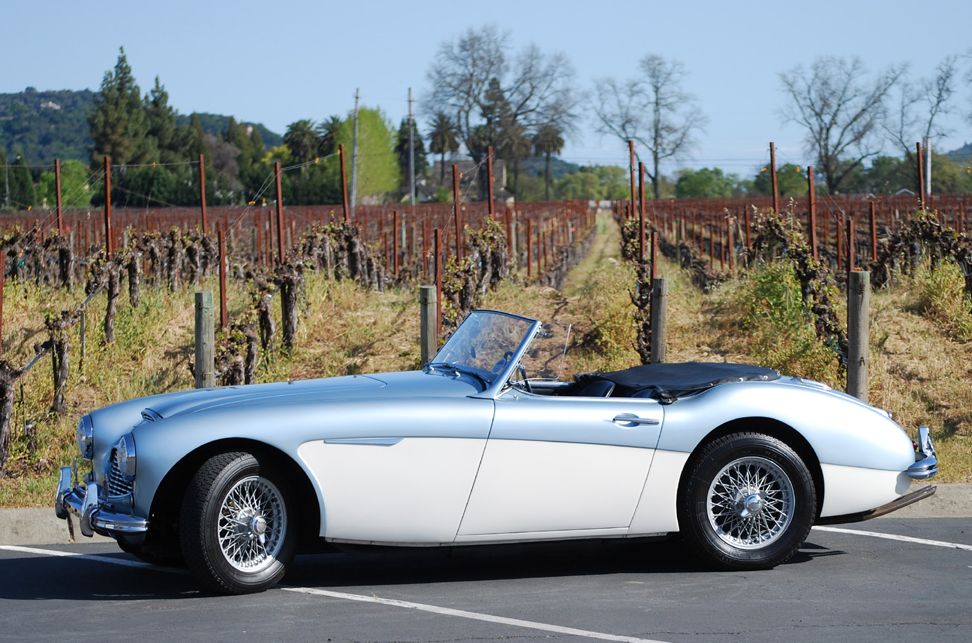
My next British choice is the 1959 Austin Healey 3000. The design of the car says it all. IT looks classic and would top a hundred MPH which made it a useful Rally car. Pat Moss, the sister of Sterling Moss won the Liege-Rome Rally in a 3000 in 1960. She went on to set new records around the world as a successful Rally Competitor. The power train was a six cylinder unit developed by the British Motor Corporation. There was an earlier Austin-Healey that was produced from 1952 to 1957 with a smaller four cylinder engine. This car was quite popular in the US competing with the MG's of the period that were popular but hardly classic unless you include the MGTC imported for about three years and a true relic of the prewar British sports car. Even had the steering wheel on the wrong side for our American roads, but today the car is a collector's item. In the same class as the Morgan in looks and design the difference being that the Morgan is still in production in limited numbers while all of the other popular British sports cars have simply faded away and can only be seen at car club events.
You can still purchase an Aston Martin, the car that made James Bond famous. Is it on my list of Classic vehicles? Not really, its shape etc is very much a standard design for expensive cars of the period. I have already mentioned the XKE that certainly can be viewed a classic from any angle. I can hear someone saying why hasn't he included the Rolls Royce or the Daimler and don't forget the Bentley. I would agree that they are truly classic vehicles or rather they were during the period we are looking at. Today there is more plastic than polished walnut in the current versions of these cars that are still in production. Try driving A new Rolls and you will see what I mean.
Morris Minor 1949
Submitted by
Rick Feibusch, 2009
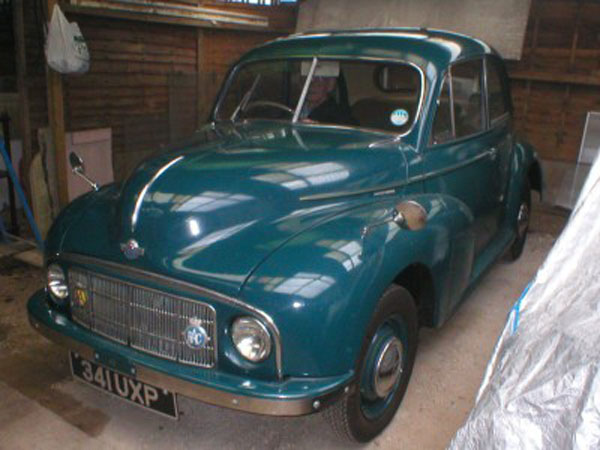
The next choice may well surprise you. The 1948 Morris Minor as popular in its day as the Mini was a few years later, further more the car was designed by the same man who gave us the Mini: Alec Issigonis. The car was designed during WWII as a family vehicle for the Post War Market. Equally interesting is the fact that this man and his small design group in company with the De Havilland Aircraft design team, produced one of the most unique aircraft of the war. The famous "Mosquito" produced in Britain, Canada and Australia, the fastest propeller aircraft of the war and built on a wood structure with two Rolls Royce Merlin engines giving the plane a top speed in excess of 400 MPH.
Having said that I must add that the performance of the Post War Minor was not, by any standards impressive. With luck and a tail wind you could hit sixty MPH with a side valve 934 cc Engine, but it was reliable and most owners were able to maintain the cars without any formal mechanical training. (In 1952 a larger OHV engine was installed known as the Minor 1000, this pushed the performance to a staggering 68 MPH but decreased the MPG to thirty, a point highly critical in the Motoring Press) The car was in production from 1948 through to 1971. Various styles were introduced including a successful commercial version. In total over that period 1,8 million cars rolled off the assembly lines and were distributed all over the world including the USA.
It was general knowledge that Alec and Billy Morris were not the best of friends. Morris believed that cars should be square in shape with large doors and high ceilings. A classic example is the Post War Morris Oxford in which you could wear a hat and not have a problem. This car is still in production in India and still includes such features. When Billy Morris saw the drawings for the post war Minor he was heard to comment..."The thing looks like a poached egg", but poached egg or not the car made a very healthy return for the BMC shareholders!
Morris Mini 1960
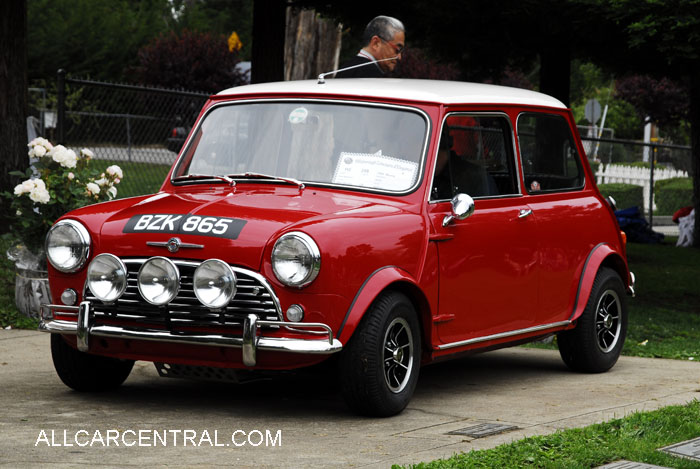
OK you are right I must include the Mini that once again Billy Morris did not like despite the fact that in looks it was certainly square , from all angles. The design team took over two years to create the Mini mainly because of a lack in development funding. Planned to be in the market by 1954 it never saw the light of day until the fall of 1959 and for the first years spent more time back in the Dealers workshop than on the road!
Mercedes-Benz 300SL 1954
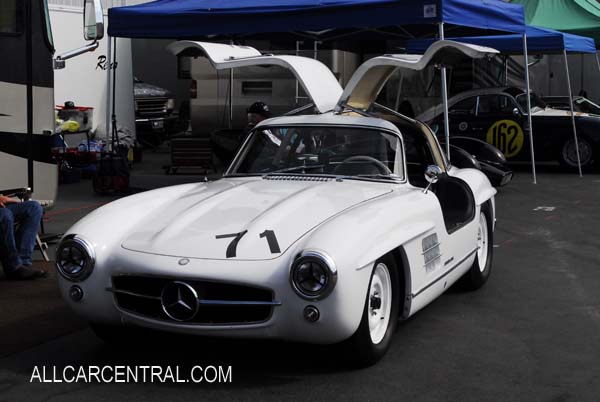
Turning to the Post War European classic's I would start with the Mercedes 300 SL Gull wing. Why ?? Because no one had ever seen such a design before. The power unit was modest compared with the competition with a six cylinder engine but this could give the driver 120 mph and hit 100 mph in twenty one seconds. If you look at the car from the front or rear you get the impression of a gull in flight hence the nickname "Gull Wing" To give some idea of the performance achievements of the car in 1955 it won the famous "Mille Miglia. This racing version was known as the 300 SLR.
Citroën DS21
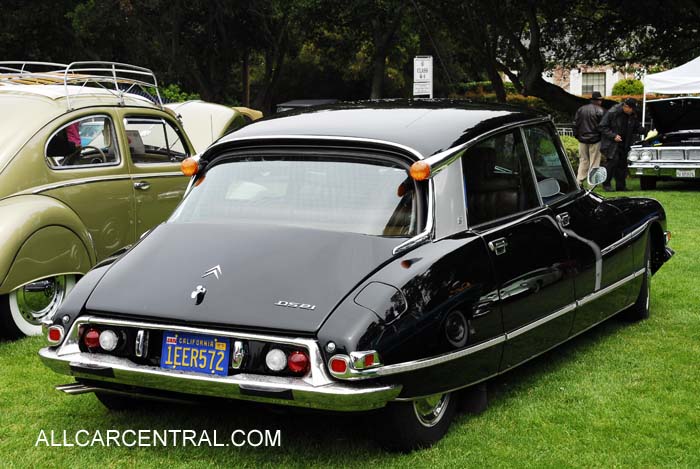
From France came the Citroën DS which was, in its day, residing in a class of its own. Introduced in 1955 it featured some of the most unique provisions of the period. Self levelLing suspension, with an automatic clutch operation providing a smooth gear shift under any circumstances.
Over a million were sold throughout Europe, not a fast car by many European standards but as a family car it could hit the 100 mph with no difficulty. One of the famous stories associated with the car was the claim that it saved the life of General Charles De Gaul, when Algerian terrorists tried to kill him in a road ambush. The General who was no small man standing at six foot four managed to hit the floor of the rear seat and the self adjusting feature kept the car on a straight level despite the poor condition of the North African road, while the performance at ninety or more MPH saved the day and the life of the French President.
There can be little doubt that the most successful design and styles of the post war year came from Italy who seems to lead the world of vehicle design from the 1960's through to the present day. If you wanted something that would get a speeding while parked you went to Italy
Such cars as the Alfa Romeo... Maseratti... Ferrari and even the humble Fiat have left an image of beauty, design and performance equaled by very few other manufactures. These talents were not simply used or created for Italian cars. Peugeot.. Skoda.. De Lorean.. Volvo.. Cadillac and Aston Martin all used the services of the principle Italian design teams and of course there were others like the Ferrari Cabriolet that not only looked good but could claim to be driven at 140 mph... If you had the nerve.
Alfa Romeo GTV 1974
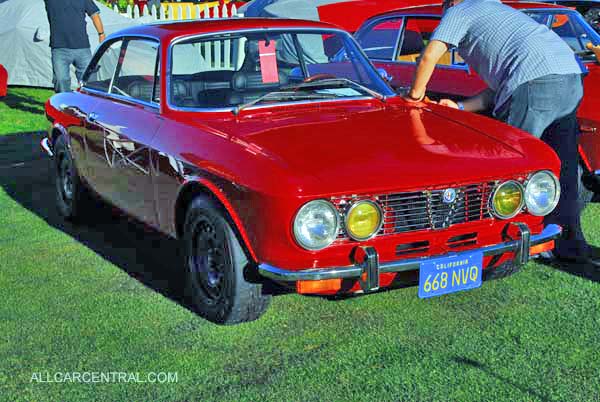
Back in the early 1970's I purchased an Alfa GT Sports in Italian racing red of course! I even collected the car from the factory complete with the then famous oval European plates. (Now gone to be replaced with EEC plates that are as exciting as cold rice pudding). Wherever I stopped at least one or more people would admire the design etc. When you climbed into the driving seat you felt the whole car wrap its self around you like an affectionate girl friend! Yes I did get a few speeding tickets but that goes with the ownership!
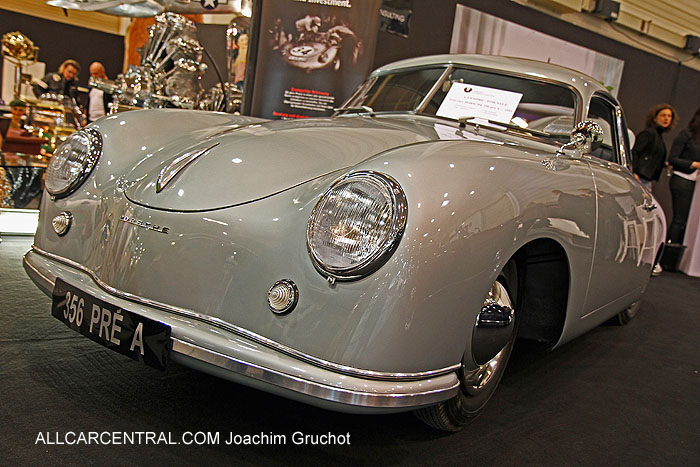
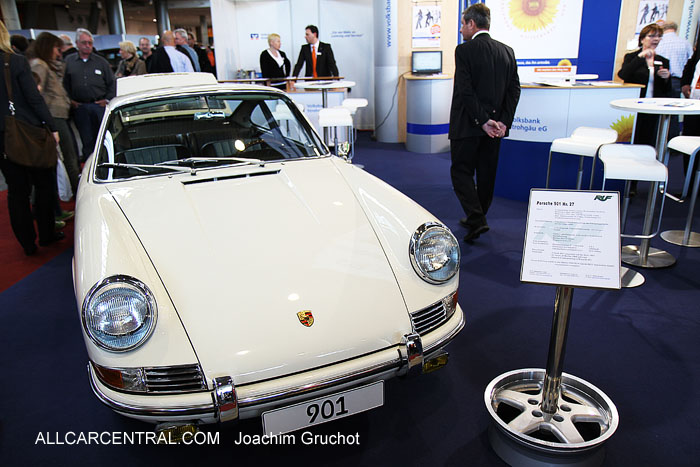
Joachim Gruchot Photos
Moving on, my next choice has to be the Porsche 356 certainly the new kid on the block at the time. Followed by the famous 911 still with an air cooled engine that included some of the successful features of its Grandfather the VW Beetle. In fifty years time I wonder if some scribe will sit down and write about the Classic Cars of the 2000's I suspect he or she will have a more difficult task than me! Next time let's take a look at what was being produced in other international locations that were considered classic.
Geoff Wheatley

BACK TO TOP